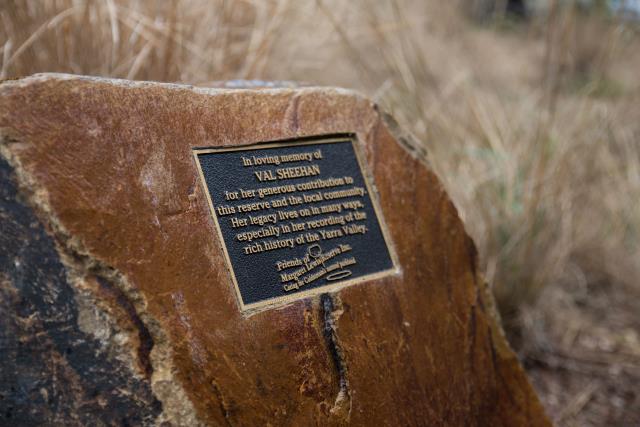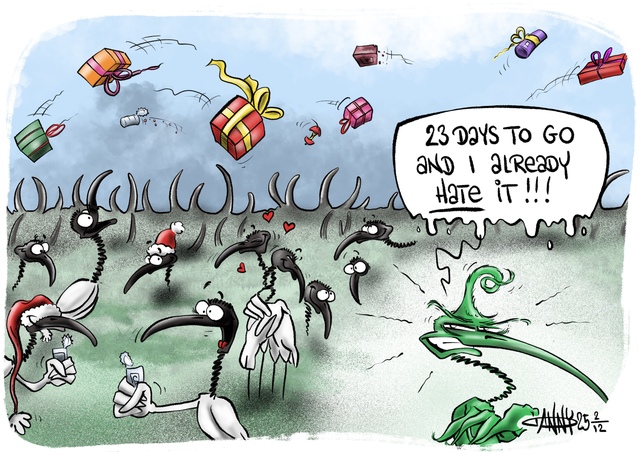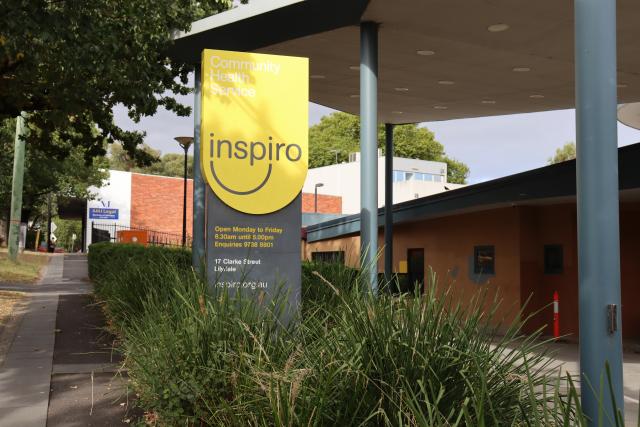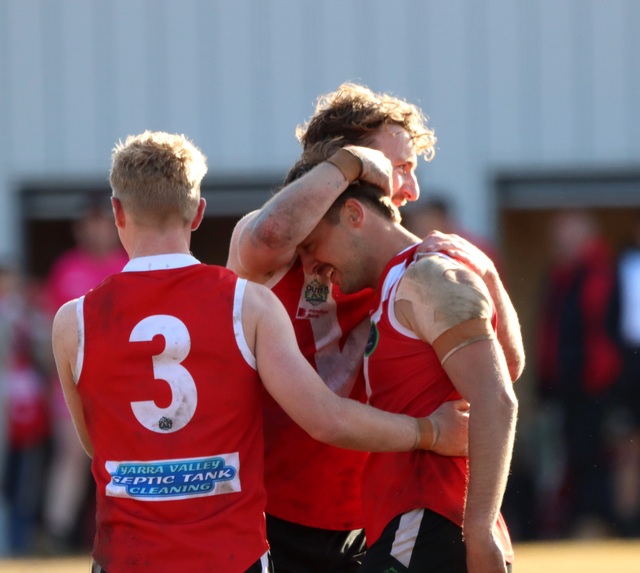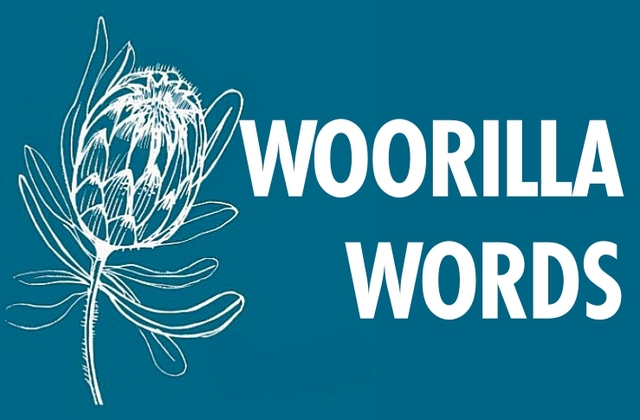Mrs Coldstream and a local Aboriginal rights activist were named among 16 new stories being shared on an interactive map recognising significant Victorian women.
Her Place Women’s Museum’s Finding Her map is Australia’s first interactive map, spotlighting locations across Victoria that commemorate women and gender-diverse people.
Valma Jean Sheehan, affectionately known as Val, was a passionate historian and devoted member of the Coldstream community from 1943 until her passing in 2015.
Due to her contribution to the community, she earned the nickname Mrs Coldstream.
Sue Thompson who worked with Val in Lilydale Historical Society remembered Val as a “gentle, kind and caring” person.
“She is the person who knows so much about the history of Coldstream. She knew the people, she knew the places, and she had a great rapport with the people,” she said.
“She has two passions in her life. Her family always came first, and the history of Coldstream came second.”
Val’s deep love for the Coldstream and its surroundings was reflected in her works on preserving the history of those towns.
Sue said Val had gone through The Lilydale Express newspapers, page by page, to gather historical data about Coldstream and its surroundings which went into her books.
“They’re all based on the newspaper reports of Coldstream and the surrounding areas at that time. That also becomes a point of reference for people doing research,” she said.
“The other thing she did was gather photographs to go into the book, and she got as many photographs as she could because she knew so many people, she knew descendants of the early people.
“She also, at the same time, got them to sign to us the rights to include those photos into our own photographic collection, so we’ve got them in our collection for people in the future who want copies of those photographs.”
Her support of the Coldstream Cricket Club and the Coldstream Football Club led her to compile a record of newspaper articles and photos for the football club’s 25th anniversary in the 1970s.
Val also immersed herself in researching and documenting the history of Yering Primary School.
As a result, she dedicated herself to publishing a book Memories of Yering: The History of Yering Primary School for its 120th anniversary in 1989.
“She was involved in the book committee on (Memories of Yering) book,” Sue said.
“Because her kids went to the Yering Primary School, it was a positive link for her.”
This project was the beginning of her collaboration with Sue.
They later worked together on a second book, Further Memories of Yering, for the school’s 125th anniversary in 1994, and a few more books including a four-book local history series called As It Happened: The History of Coldstream, Gruyere, Yering and Killara.
“It was a huge job she did and we’re grateful for it,” Sue said.
“We’re still selling those As It Happened books now. There are more and more people moving into Coldstream and they want to know about the past of their town.”
Val’s contributions to the community were widely recognised.
She received a Certificate of Recognition from the Yarra Ranges Council in 2005, life membership in the Lilydale and District Historical Society in 2008, and an Award of Merit from the Royal Historical Society of Victoria in 2014.
A memorial stone was laid in Val’s honour at the Margaret Lewis Reserve in Coldstream, which has been added to the Finding Her map.
Mrs Coldstream passed away in 2015, at the age of 88, after a short illness.
The other location added to the map is a dreaming trail and history walk including a commemoration of Aboriginal rights activist, educator and artist Hyllus Maris in Healesville.
The Worawa Dreaming Trail introduces the general public to a special understanding of the natural world and Aboriginal cultural heritage through the promotion of Aboriginal culture, history and environment, honouring 21 individuals including Hyllus who were change-makers in Aboriginal community development.
Hyllus’ parents, Geraldine and Selwyn Briggs, were prominent Aboriginal rights activists, and Hyllus and her siblings inherited a profound sense of social justice from them.
In 1970, Hyllus relocated to Melbourne, where she became a well-known activist and public speaker.
Together with her sisters and mother, Hyllus was a founding member and liaison officer for the National Council of Aboriginal and Islander Women.
She also helped to establish the Aboriginal Legal Service and the Victorian Aboriginal Health Service, and chaired the Victorian Council for Aboriginal Culture.
In 1977, she received a scholarship from the Commonwealth Department of Aboriginal Affairs to study social policy and community development in London with the prominent sociologist, Sir Richard Hauser.
It was the first of a number of study trips abroad that included cultural exchanges with First Nation peoples of North America.
Inspired by her experiences overseas, Hyllus returned to Australia convinced of the need for a holistic approach to Aboriginal education.
After intense lobbying of the Victorian Schools Commission, Hyllus finally succeeded in establishing the Worawa Aboriginal College in 1983 focused on three key areas: education, wellbeing and culture.
It was the first independent Aboriginal school in Victoria and remains Australia’s only boarding school for Aboriginal girls.
The Worawa Dreaming Trail is located on the Worawa Aboriginal College grounds and is only open to the public through arranged paid tours.

